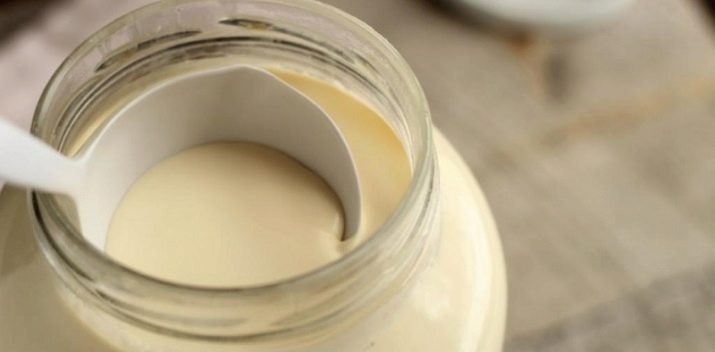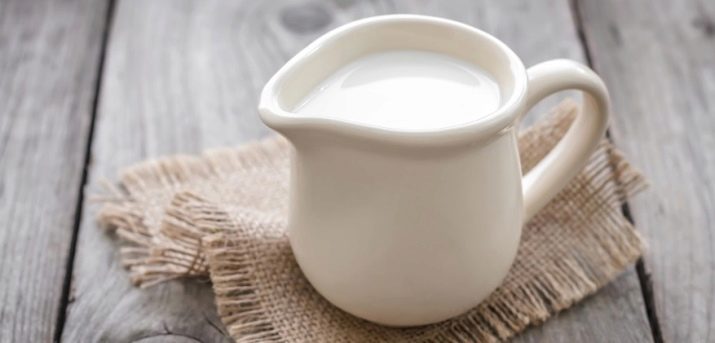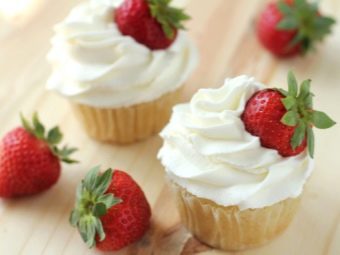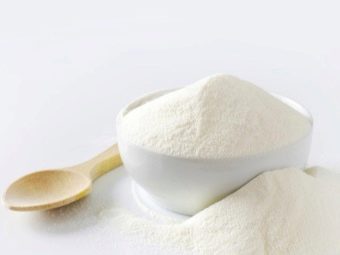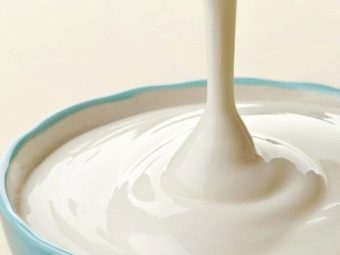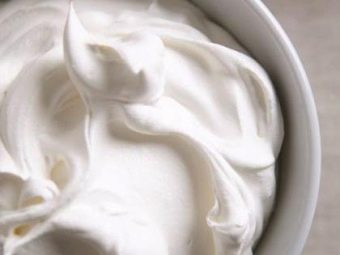How many calories in cream?
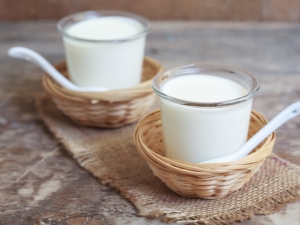
Cream is able to make the taste of any dish more delicate. Few people drink them in pure form, they are more often added to coffee or tea, they prepare cream sauces and soups with them, put them in dough and mix them into dessert cream. We learn how this product is, depending on the degree of fat content and caloric content.
What it is?
Cream is a fermented milk product, which is the top layer of whole milk. To get it, milk should be left without impact for several hours (do not move, do not mix) in a cool place. Lighter cream will rise to the top.
So prepared the product before. After the appearance of the cream layer on the milk, it was poured into a separate container. Hence the name. However, now you can get the cream in this way. However, in industrial conditions, the product is obtained by another method - the method of separation. Milk is whipped at high speeds and at the same time heated, as a result of which the cream is quickly separated from the milk. The fatter the original product, the richer the creamy mass is obtained.
Types and calories
The energy value of the cream is determined by how much fat is contained in their composition. On sale you can find 3 types of cream:
- non-fat (8-12 percent);
- medium fat (20%);
- fatty (fat content - from 30%).
The product with the lowest calorie content is 10% cream. In other words, in 100 grams of the product fat accounts for 10% of the composition. Caloric content - 118.2 kcal per 100 g. BJU is as follows - 3.1 / 10 / 3.8 (g). It is difficult to call cream a dietary product, but if you are on a diet, but it is not possible to refuse them, then it is better, of course, to choose the 10% option.
The product with an average fat content is a 20 percent cream. On average, the caloric content of this option is 206 kcal per 100 g. The indicator of 20 percent fat content means that fats are 20 g, while the content of proteins and carbohydrates varies slightly. The amount of proteins is reduced (compared to the previous product) to 2.78 g, carbohydrates - to 3.65 g.
Cream fat content of 22% is usually called homemade, because it is such a product is obtained by self-preparation. The energy value of homemade cream - 265 kcal.
Medium-fat cream is usually recommended for underweight, in the period of increased physical and mental stress. This product may be useful after heavy workouts, prolonged illness.
In stores, you can often find a 33% interest product. The number of calories in it per 100 g is 323. Proteins - 2.21 g, carbohydrates - 3.9 g. Such a product can be eaten, but it is much more widely used in cooking. As a rule, it is added to soups, sauces, it is well suited for beating.
There are also whipped cream, which are usually sold in aerosol cans. They are used to decorate cakes, desserts, drinks. To prepare such a product is possible only in the factory from whole milk using centrifuges. Calorie whipped cream, surprisingly, is relatively low. She is 256 kcal.
The most high-calorie are dry cream. They are a white powder that is added to drinks or diluted with water. Receive them by drying on special sprayers and heaters from normalized cream.
The fat content of the dry product is 42%, its energy value is 579 kcal / 100 g. It is not surprising that it is not suitable for people who are overweight or obese. Moreover, the danger lies not only in high calorie content, but also in the presence of preservatives and other similar additives in such a product. They, in turn, can also cause metabolic disorders, and hence the appearance of excess weight.
It is also possible to make dry cream from raw materials of plant, and not animal origin. In this case, the fat content of the finished powder is reduced to 35%, and the caloric content - to 543 kcal.
In specialized stores and large supermarkets you can find soy cream, which are characterized by a fat content of 29% and a calorific value of 510 kcal. The lowest indicators can boast of a vegetable low-calorie dry powder, since it has a fat content of 4% with a caloric content of 70 kcal / 100 g.
Thus, if you have to choose dry cream for problems with obesity, preference should be given to vegetable. Ideally, it is better to buy soy or other low-calorie foods.
Features of fat in cream
In pursuit of a slim body, many refuse to consume fat. Such actions are justified when it comes to transfats, "bad" cholesterol. However, "good" fats are necessary for metabolic and hormonal processes in the body.
A feature of the cream is that the fats in them are easily digestible. In addition, it contains fat-soluble vitamins A, E and others, which are absorbed only with fats. Some minerals (calcium, phosphorus, etc.) also require the presence of fats for more complete absorption.
Thus, it is impossible to completely clear the cream of fat. However, you can reduce their caloric content by whipping. Due to its thick consistency, the product increases well in volume, while the number of calories remains the same. If the “format” of the dish allows, be sure to whip the creamy ingredient, after reducing the amount required by the recipe.
The fatter the cream, the better they mix. So from half a glass of cream 30% fat by whipping, you can get a whole glass.
Summarizing the above, we can conclude that people with obesity or elevated levels of cholesterol in the blood from this product is better to give up, while the rest with moderate consumption, it will not bring harm.
How to make cream of any fat content from milk and butter, look in the following video.

